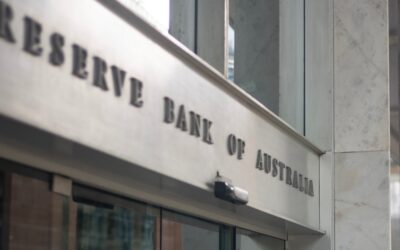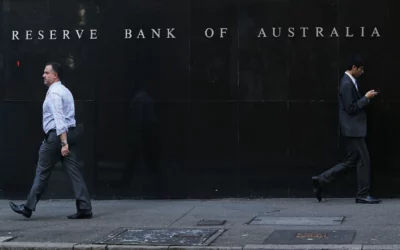In this article:

Australian property prices have fallen nationally in May for the first time in almost 2 years, as CoreLogic released its latest data revealing an 0.1% decrease in house prices.
CoreLogic’s ‘daily dwelling values index’, which measures the change in dwelling prices across the five major capital city markets, also revealed that at the 5-city level, Australian dwelling values fell by 0.4% in May, which was the first monthly decline since September 2020.
Mark Bouris discussed these new figures with Peter Stefanovic on Sky News this week, saying, “It is just the start of it, and it’s pretty obvious that if you’re going to be able to borrow a lot less money to be able to make your purchase, then you’re going to be able to pay a lot less to make your purchase, which means house prices must come down.”
Mark highlighted that banks and lenders are starting to crack down on highly leveraged borrowers. He said: “There are two new things that determine how much someone can borrow, and therefore how much someone can pay for a property.
“Firstly, we calculate [your loan application] at a higher interest rate than you’re applying for,” said Mark. This acts as a stress test, to ensure home loan applicants would be able to survive a rise in interest rates. As interest rates rise, so does the rate at which applicants are assessed.
Mark continued: “The second thing is that we won’t lend now more than seven and a half times your income. So, it’s just another barrier. If you’re earning $100,000 a year, after all your expenses, we’re not going to lend you more than $750,000. So, it’s an additional barrier to borrowers, it basically puts a cap on the amount of money people can borrow, which puts a cap on the amount of money they can spend.”
This week ANZ bank said it will no longer accept loan applications from borrowers with total debts more than 7.5 times their income (when previously the bank considered applications from customers with a debt-to-income ratio of up to nine times).
ANZ’s decision follows NAB’s move to cut its debt-to-income ratio limit from nine to eight times. It also aligns with the Australian Prudential Regulation Authority’s ruling that a debt-to-income ratio of six times and over is “high”. With mortgage borrowers more leveraged than ever, the major banks are no longer accepting loan applications from those with debt-to-income ratios higher than around 7.5 times their income.
Despite this, there is some positive news, particularly if you’re an investor. Tune in to Mark’s Sky News Appearance to learn more!



